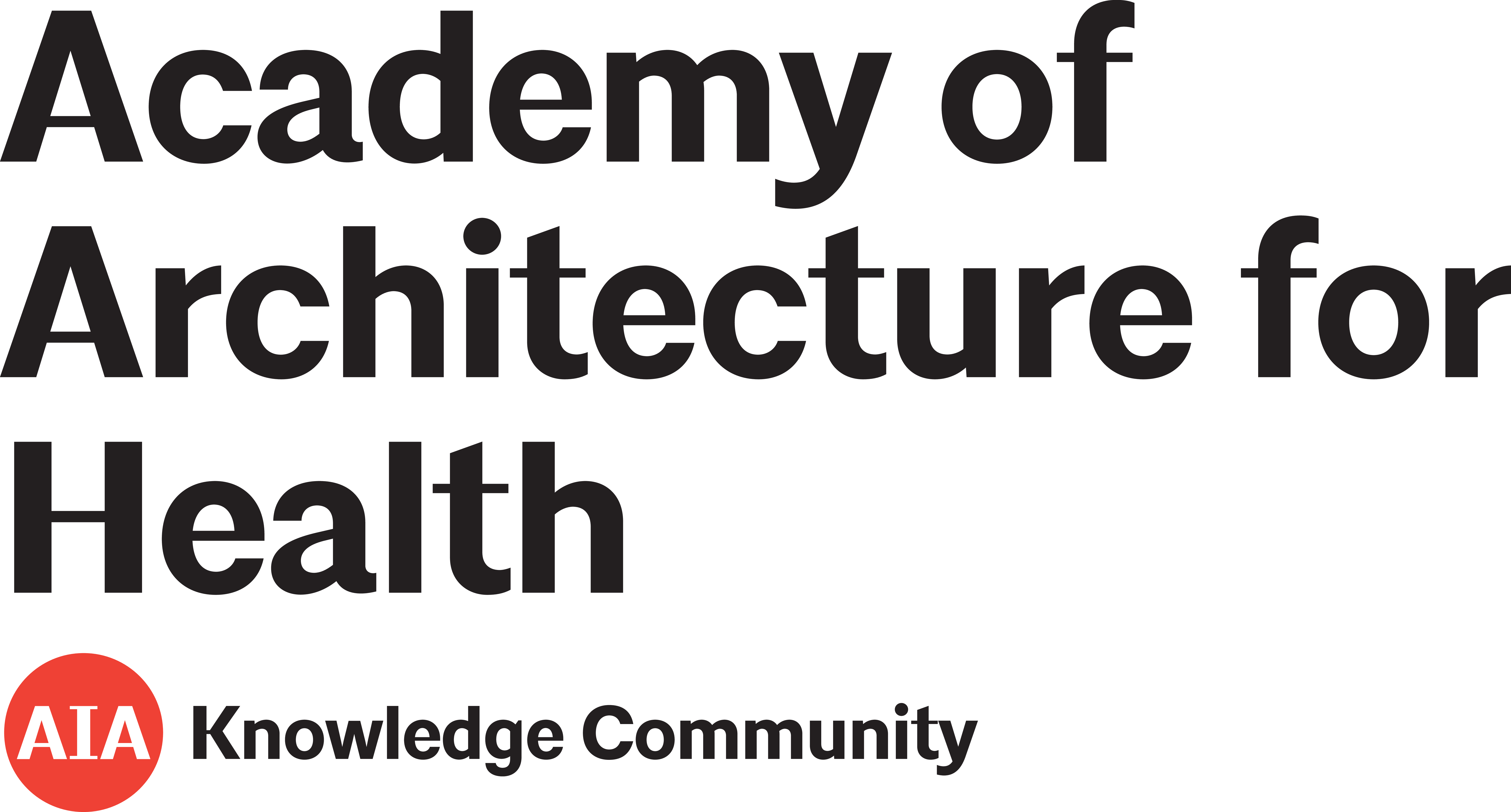Pragmatic, Cluster Randomized Trial of a Policy to Introduce Low-Low Beds to Hospital Wards for the Prevention of Falls and Fall Injuries
2010
Journal of the American Geriatrics Society
Journal Article
Issue 3
Volume 58
Pages 435-441
Author(s): Haines, T. P., Bell, R. A. R., Varghese, P. N.
Falls by hospitalized older adults are a common and potentially debilitating adverse event. In the United States, Medicare no longer confers incremental payments to hospitals for eight secondary conditions that it perceives as preventable complications of medical care, with falls from bed being one of these. Development of a policy to introduce low-low beds, which reduce the potential for injury if patients fall from the bed, on hospital wards is attractive, given the hypothesized benefits.
Added November 2014
Quality improvement project eliminates falls in recovery area of high-volume endoscopy unit.
2011
BMJ Quality & Safety
Journal Article
Issue 2
Volume 20
Pages 170-173
Author(s): Francis, D. L., Prabhakar, S., Bryant-Sendek, D. M., Larson, M. V.
Patient falls associated with healthcare delivery are frequent, undesirable, and largely preventable events. Patients who receive conscious sedation for endoscopic procedures are especially vulnerable to falls because of the cognitive effects of the sedation, relative hypotension that may be induced by the most common sedatives used (fentanyl and midazolam), the prolonged fasting state, and the frequent practice of withholding regular daily medications prior to procedures. There is a need to evaluate patient falls after sedated endoscopic procedures.
Added November 2014
Why do patients in acute care hospitals fall? Can falls be prevented?
2009
Journal of Nursing Administration
Journal Article
Issue 6
Volume 39
Pages 299-304
Author(s): Dykes, P. C., Carroll, D. L., Hurley, A. C., Benoit, A., Middleton, B.
Despite a large quantitative evidence base for guiding fall risk assessment and not needing highly technical, scarce, or expensive equipment to prevent falls, falls are serious problems in hospitals.
Added November 2014
Pilot cluster randomised controlled trial of flooring to reduce injuries from falls in wards for older people.
2013
Age and Ageing
Journal Article
Issue 5
Volume 42
Pages 633-640
Author(s): Drahota, A. K., Ward, D., Udell, J. E., Soilemezi, D., Ogollah, R., Higgins, B., Dean, T. P., Severs, M.
Inpatient falls are a major issue for hospitals and are associated with mortality, morbidity and financial costs. Falls are particularly prevalent in elderly care environments, where patients have more risk factors for both falls and injury. With an aging society, this is an issue of increasing concern.
Added November 2014
Cluster randomised trial of a targeted multifactorial intervention to prevent falls among older people in hospital.
2008
British Medical Journal
Journal Article
Issue 7647
Volume 336
Pages 758-760
Author(s): Cumming, R. G., Sherrington, C., Lord, S. R., Simpson, J. M., Vogler, C., Cameron, I. D., Naganathan, V.
Falls often occur among older people in hospitals, resulting in injuries, increased lengths of stay, and greater costs to the health center. Evidence on the best way to prevent falls in hospitals is limited.
Added November 2014
Sustained reduction in serious fall-related injuries in older people in hospital.
2006
The Medical journal of Australia
Journal Article
Issue 8
Volume 184
Pages 379-382
Author(s): Fonda, D., Cook, J., Sandler, V., Bailey, M.
Falls are the leading cause of injury in Australian hospitals, with 38 percent of all hospital incidents related to falls. In hospital settings, single interventions have not been proven successful in preventing or reducing falls, whereas multisystem or multi-strategy approaches have shown to be more effective.
Added November 2014
Applying root cause analysis to improve patient safety: decreasing falls in postpartum women.
2010
Quality & Safety in Health Care
Journal Article
Issue 2
Volume 19
Pages 138-143
Author(s): Chen, K. H., Chen, L. R., Su, S.
The objective of this study was to investigate the effectiveness of interventions to prevent falls designed through hazard analysis using root cause analysis.
Added November 2014
Healthcare Environments Baseline Assessment for Safety & Quality, Chapter 8: Falls
2011
Noblis/Gerorgia Tech, TRICARE
Report
Author(s): Choi, Y. S., Noblis, Georgia Tech
Added November 2014
Physical Environments That Promote Safe Medication Use
2012
Pharmacy and Therapeutics
Journal Article
Issue 7
Volume 37
Pages 377-378
Author(s): Grissinger, M.
Added November 2014
Wayfinding Study in Virtual Environments: The Elderly vs. the Younger-Aged Groups
2011
ArchNet-IJAR: International Journal of Architectural Research
Journal Article
Issue 2
Volume 5
Pages 63-76
Author(s): Lee, S., Kline, R.
Added November 2014
Evaluating Serviceability of Healthcare Servicescapes: Service Design Perspective
2011
International Journal of Design
Journal Article
Author(s): Lee, S.
Added November 2014
Comprehensibility of universal healthcare symbols for wayfinding in healthcare facilities
2014
Applied Ergonomics
Journal Article
Issue 4
Volume 45
Pages 878-885
Author(s): Lee, S., Dazkir, S. S., Paik, H. S., Coskun, A.
In today’s globalized medical industry, patients might travel to foreign countries to receive higher quality or more affordable forms of healthcare. This modern trend has emphasized the need to develop graphic symbols used in hospitals that allow people from different linguistic and cultural backgrounds to more easily navigate their way around foreign hospitals.
Added November 2014
Caring or uncaring – meanings of being in an oncology environment
2006
Journal of Advanced Nursing
Journal Article
Issue 2
Volume 55
Pages 188-197
Author(s): Edvardsson, D., Sandman, P. O., Rasmussen, B.
The idea that the physical environment impacts health and well-being has been explored throughout history. In modern contexts, studies have been conducted to show how hospital design features such as art and views of natural scenery can positively influence patient experience, and how environmental variables such as sound, architecture, and color can affect different biomedical responses in...
Added November 2014
Flexibility in hospital building and application by means of standardized medical room types
Author(s): Kamp, P. G., Kooistra, R. L., Ankersmid, H. A. H. G., Bonnema, G. M.
Added November 2014
Quantifying Physician Activities in Emergency Care An Exploratory Study
Author(s): Abraham, J., Kannampallil, T. G.
Added November 2014
Method for Automated Monitoring of Hand Hygiene Adherence without Radio-Frequency Identification
2010
Infection control and hospital epidemiology : the official journal of the Society of Hospital Epidemiologists of America
Journal Article
Issue 12
Volume 31
Pages 1294-1297
Author(s): Polgreen, P. M., Hlady, C. S., Severson, M. A., Segre, A. M., Herman, T.
Added November 2014
Daily Disinfection of High-Touch Surfaces in Isolation Rooms to Reduce Contamination of Healthcare Workers’ Hands
2013
Infection Control and Hospital Epidemiology
Journal Article
Issue 10
Volume 33
Pages 1039-1042
Author(s): Kundrapu, S., Sunkesula, V., Jury, L. A., Sitzlar, B. M., Donskey, C. J.
Added November 2014
Low Frequency of Fires From Alcohol‐Based Hand Rub Dispensers in Healthcare Facilities •
2003
Infection Control & Hospital Epidemiology
Journal Article
Issue 8
Volume 24
Pages 618-619
Author(s): Boyce, J. M., Pearson, M. L.
Added November 2014
Hospital ward design and prevention of hospital-acquired infections: A prospective clinical trial
2014
The Canadian Journal of Infectious Diseases & Medical Microbiology
Journal Article
Issue 5
Volume 25
Pages 265-270
Author(s): Ellison, J., Southern, D., Holton, D., Henderson, E., Wallace, J., Faris, P., Ghali, W. A., Conly, J.
The authors note the growing recognition of the relevance of facility design as a significant factor contributing to patient safety. They point to several factors in the environment of a hospital that may be potentially conducive for the transmission of hospital-acquired infections (HAIs), antibiotic-resistant organisms (AROs), in particular.
Added November 2014
Patient satisfaction in outpatient healthcare services at secondary level vs. tertiary level
2014
Srpski arhiv za celokupno lekarstvo
Journal Article
Issue 9-10
Volume 142
Pages 579-585
Author(s): Velikj-Stefanovska, V., Stefanovska-Petkovska, M.
Added November 2014




